The story of Sweetheart Abbey, south of Dumfries and close to the River Nith, is a divisive one, for it will either warm your heart or make you shudder, and in that sense the ensuing story is a character litmus test. I didn’t know this prior to my visit. What I knew was that after visiting Crossraguel Abbey, Dundrennan Abbey, and Glenluce Abbey, my abbey hunting in Dumfries & Galloway would come to an end here at Sweetheart Abbey, perhaps the region’s most famous example.
First of all, Sweetheart Abbey is one of a pair of amazing sites about 20-minutes drive south of Dumfries near the Solway Coast. Caerlaverock Castle completes the pair, but the maddening thing is that the River Nith separates the two sites and there’s no bridge – you literally have to drive all the way back up to Dumfries and then south again to reach the other site. First world problems, I know, but you should plan accordingly if you mean to visit the area.
After a glorious few days at Three Glens in Moniaive, I traveled south to visit Sweetheart Abbey before heading east and north to the Borders.
A visit to a place like Sweetheart Abbey is incomplete without an understanding of its history. The abbey was founded in 1273 by Devorgilla, Lady of Galloway, in memory of her husband John Balliol, who had died in 1268. As the daughter house of Dundrennan Abbey and what would be the last Cistercian monastery established on Scottish soil, it acquired the novel name…New Abbey. While this name stuck to the little village that grew nearby, it didn’t stick to the abbey. Here comes the litmus test.
The abbey gained the nickname Dulce Cor, or Sweetheart Abbey, from the tale of the lovelorn and widowed Devorgilla. After her husband died, she took to carrying an ornate ivory box trimmed in silver that contained his embalmed heart. She kept her “sweet, silent companion” with her all the rest of her days, until 1289 when she died, and beyond, for the box containing John Balliol’s heart was buried in her casket beneath the abbey where it remained clasped to her bosom. And so the monks called the abbey Sweetheart after their founder’s enduring love for her husband.
Now, did you “DAWWW” in empathy or cringe at the creepy gruesomeness of carrying around your dead spouse’s taxidermied heart? Me? I experienced a confusing twinge somewhere in between.
Sweetheart Abbey has escaped time and again the ravages of history. In 1300, Archibald the Grim, Lord of Galloway and Threave Castle, protected the abbey from invading English armies who had come to fight Lady Devorgilla’s son and King of the Scots, John (of course). John Balliol quickly lost out to Scotland’s most famous king, Robert the Bruce, as the two fought for power throughout Dumfries & Galloway. As the English army slowly went bankrupt and its troops started deserting, King Edward I was notified that his invasion of Scotland was deemed illegal by the Papacy, and he set up camp at Sweetheart Abbey as he began to retreat.
If you’ve read my previous posts about the abbeys of Dumfries & Galloway, you know that the Reformation meant only bad news for these beautiful structures. Sweetheart Abbey did not escape this fate, but its dissolution was more gradual than in other places as it was under the care of a Catholic lord at the time of the Reformation. Still, many of the abbey’s stones were recycled into buildings in New Abbey, though, incredibly, what remained of the abbey was protected in 1779 as an “ornament to that part of the country.” This must be one of the earliest acts of preservation in Scotland.
Sweetheart Abbey is a real beauty on par with the great Border abbeys. I had the entire place to myself on that gray, April morning, and I took my time wandering beneath its red sandstone arches. This will be the most easily accessible of the Dumfries & Galloway abbeys for many visitors given its proximity to Dumfries, and it is certainly worth the short jaunt south. And if you can’t make it to Sweetheart Abbey, at least you’ve heard the story of its history and know, maybe just a little bit, more about yourself.
Disclosure: Historic Scotland provided me with a complimentary visit. All thoughts and opinions expressed here are my own.

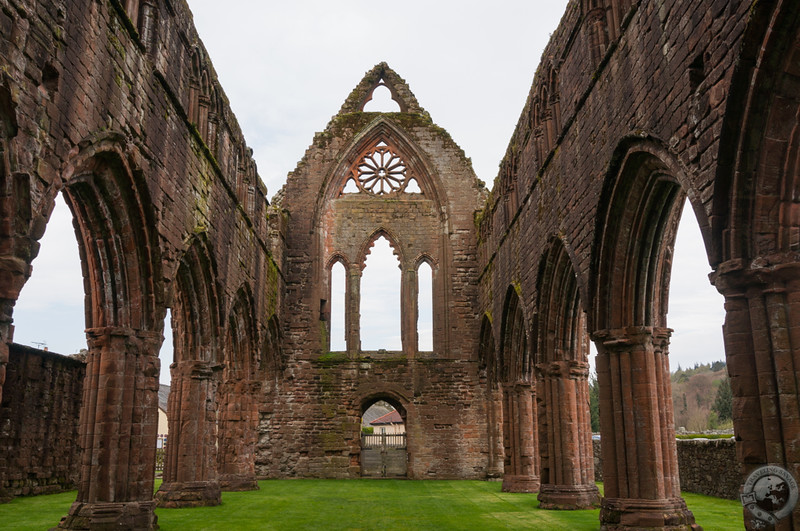
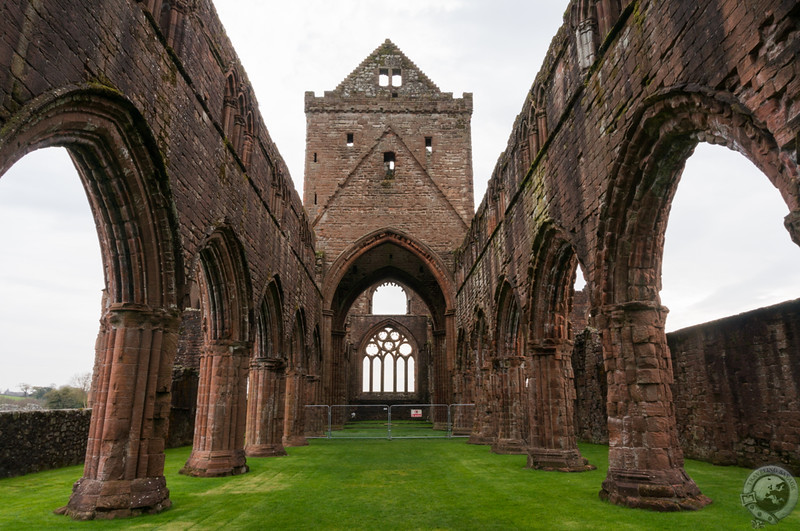
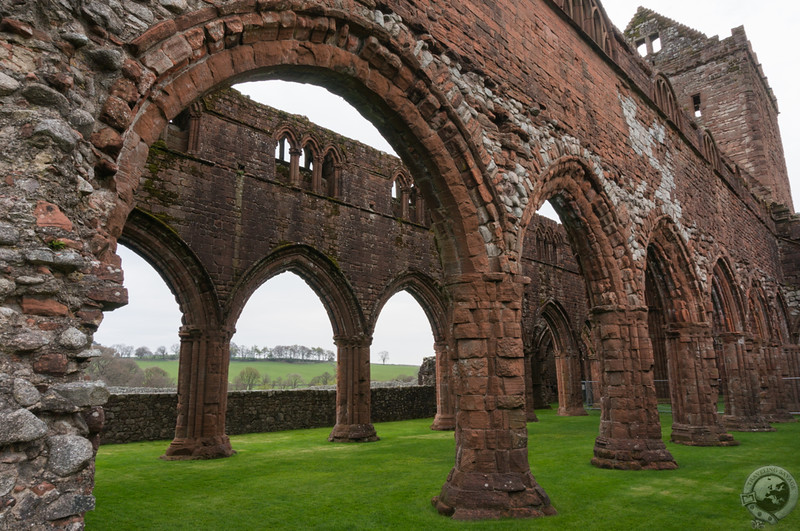
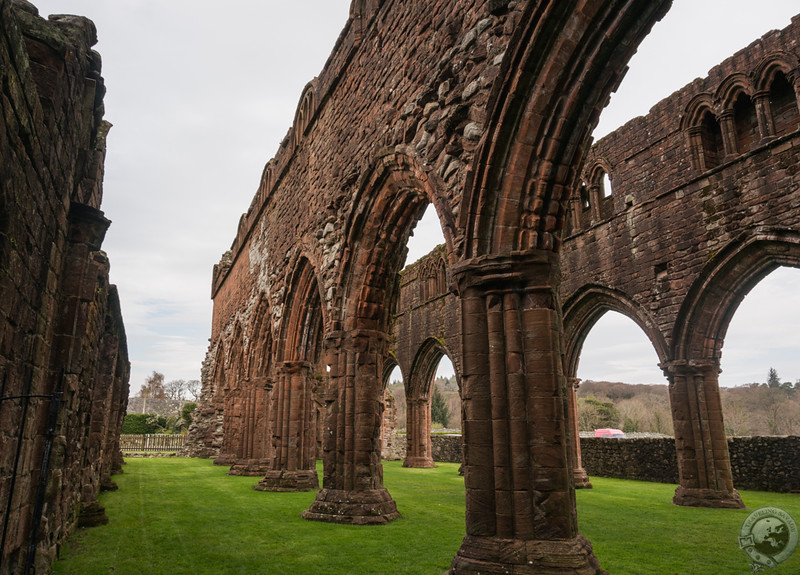
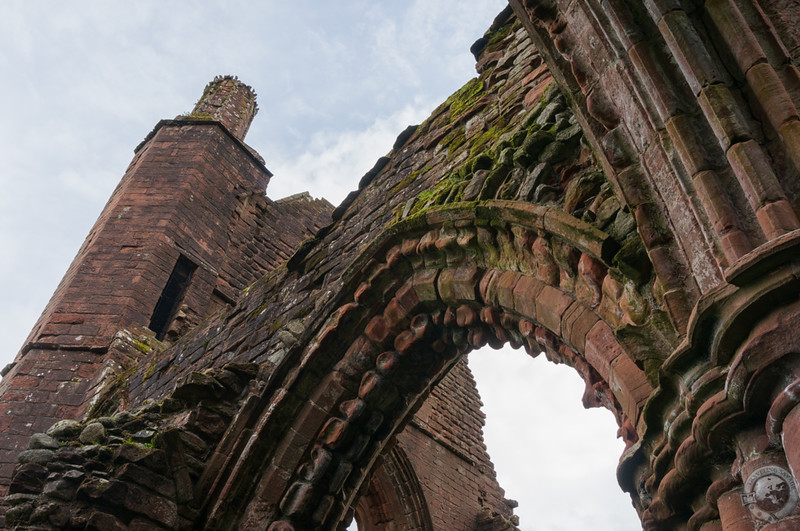
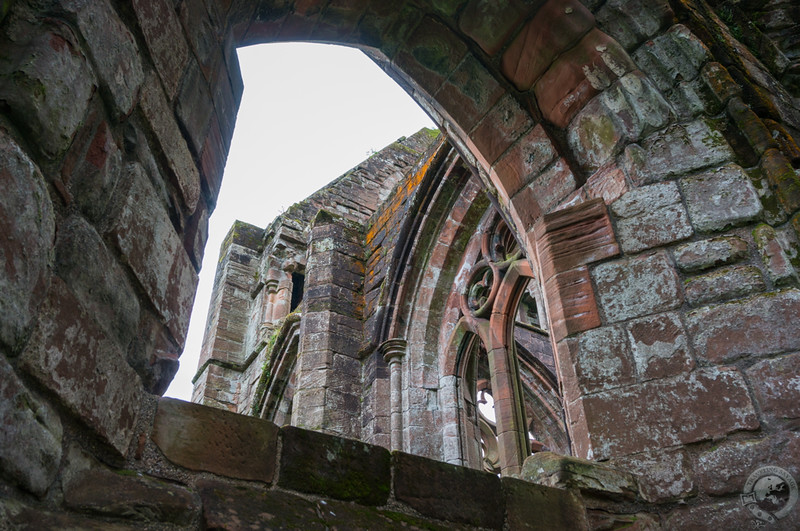
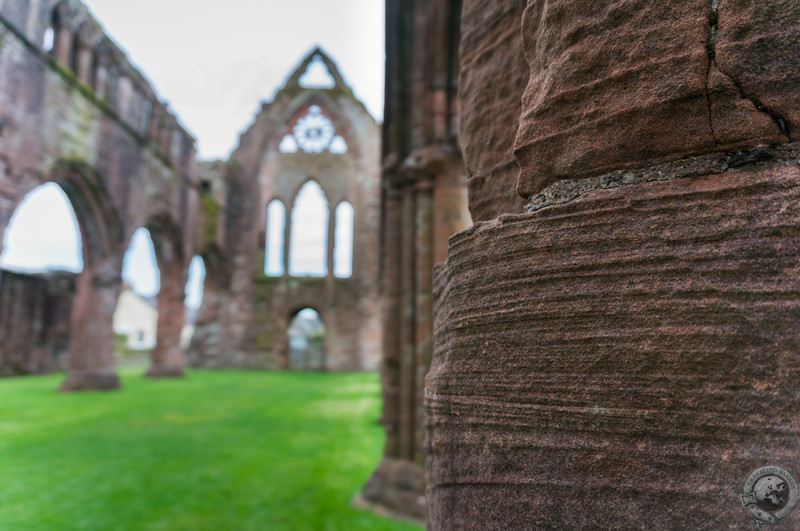
I had the same mixed feelings about John Balliols traveling heart. How different things were then, in so many ways. I really enjoy your historical snapshots and they really do make a better appreciation of these special old places.
Excellent collection! I really appreciate your traditional pictures and they really do create a better admiration of these unique old locations. Thanks for sharing these memorable places.
Lovely photos! For me the story of the Sweetheart Abbey sounds romantic with a little bit of creepiness. 🙂
Beautiful and dramatic images. The Abbey looks so fragile, yet is still an imposing structure. I like the story of the preserved heart; a sign of an enduring love, at least on the part of the widow Devorgilla (whether John would have been as devoted to her is another matter). I can see how some would view it as a creepy keepsake. No doubt there are those who thought her crazed in her grief and I wouldn’t be surprised to learn that she was accused of witchcraft…
Fragile yet able to withstand the centuries – such is the quality of ancient craftsmanship. What stones are missing were forcibly taken by the local people to build other structures.
[…] east side of the River Nith. If you drive down the west side of the river you will find yourself at Sweetheart Abbey, which is also worth a visit (but not the subject of this post). The castle’s unique features […]
Hello
I just stumbled upon your website as I was doing research for my ancestry. I just wanted to say thank you so much for sharing this story. Devorgilla Lady of Galloway was my 18th Great Grandmother and John Balliol was my 18th Great Grandfather.
It is truly amazing to learn as much as you can about your ancestors.
That’s amazing, Carol!
[…] story of Sweetheart Abbey is a divisive one, for it will either warm your heart or make you shudder. The abbey gained the […]
[…] The Lost Love of Sweetheart Abbey […]